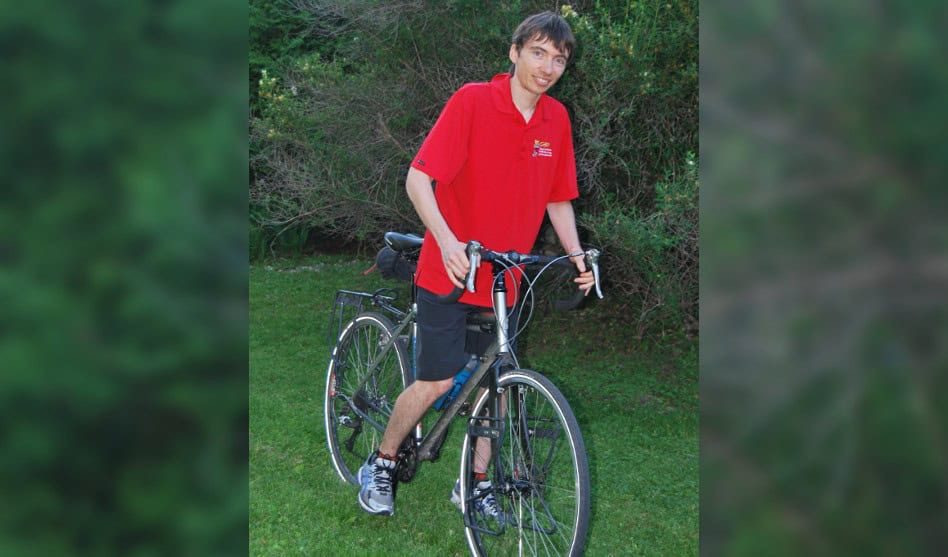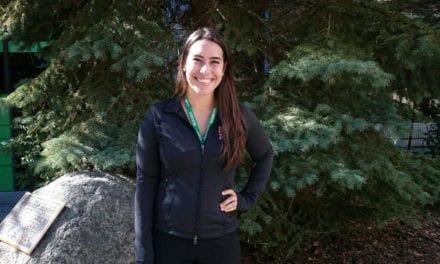PURPOSE: The development of valid measures of built environments relevant for physical activity is an important step toward controlling the global epidemic of physical inactivity-related noncommunicable diseases and deaths. This study assessed the constructvalidity of a self-report neighborhood environment walkability scale adapted for Africa (NEWS-Africa), by examining relationships with self-reported walking for transportation and recreation using pooled data from six sub-Saharan African countries. METHODS: NEWS was systematically adapted to assess urban, periurban, and rural environments in sub-Saharan Africa. Adults (n = 469, 18-85 yr, 49.7% women) from Cameroon, Ghana, Mozambique, Nigeria, South Africa, and Uganda were purposively recruited from neighborhoods varying in walkability and socioeconomic status, with some from villages. Participants completed the 76-item (13 subscales) NEWS-Africa by structured interview and reported weekly minutes of walking for transport and recreation using items from the International Physical Activity Questionnaire. RESULTS: The overall “walkability” index had a positive relationship with both walking for transportation (η = 0.020, P = 0.005) and recreation (η = 0.013, P = 0.028) in the pooled analyses. The mixed-use access and stranger danger scales were positively related with transport walking (η = 0.020, P = 0.006 and η = 0.021, P = 0.040, respectively). Proximity of recreational facilities (η = 0.016, P = 0.015), road/path connectivity (η = 0.025, P = 0.002), path infrastructure (η = 0.021, P = 0.005), and overall places for walking and cycling (η = 0.012, P = 0.029) scales were positively related to recreational walking. Country-specific results were mostly nonsignificant except for South Africa and Uganda. CONCLUSIONS: Of 14 NEWS-Africa scales, 7 were significantly related to walking behavior in pooled analyses, providing partial support for the construct validity of NEWS-Africa. However, effect sizes appeared to be lower than those from other continents. Further study with larger and more diverse samples is needed to determine whether the instrument performs well in each country.





